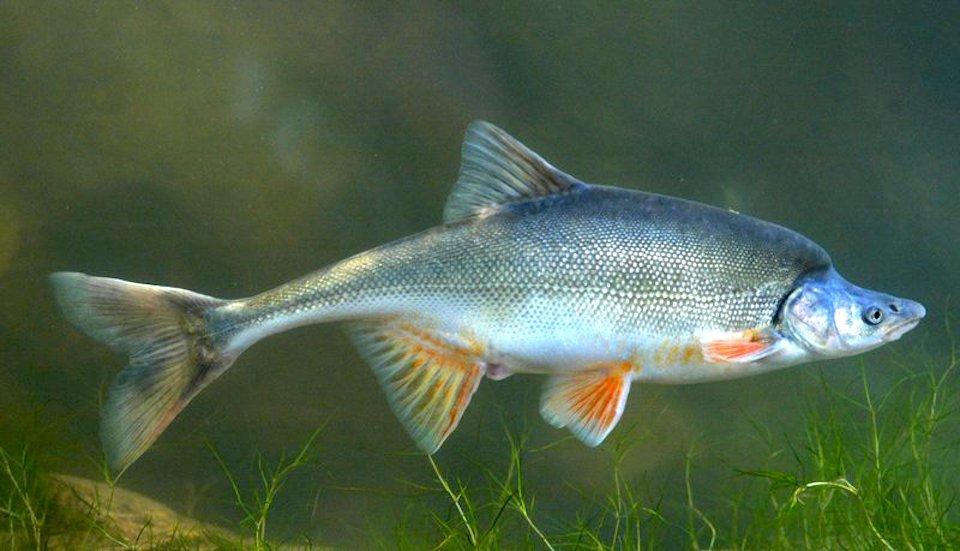
The humpback chub has been reclassified from endangered to threatened under the Endangered Species Act/Arizona Game and Fish
The humpback chub, a native to the Colorado River basin that long has struggled to survive, has made enough progress to be reclassified as a threatened, not endangered, species under the Endangered Species Act, according to the U.S. Fish and Wildlife Service.
"Reclassifying this distinctive fish from endangered to threatened is the result of many years of cooperative work by conservation partners in the Upper Colorado River Endangered Fish Recovery Program and the Glen Canyon Dam Adaptive Management Program," said Matt Hogan, the action regional regional director for the U.S. Fish and Wildlife Service. 'We thank everyone involved for their efforts as we look toward addressing the remaining challenges in the Colorado River Basin."
The humpback chub, named for the distinctive hump on its back, was first documented in the Lower Colorado River Basin in the Grand Canyon in the 1940s and the upper Colorado River Basin in the 1970s. It was placed on the list of endangered species in 1967 due to impacts from the alteration of river habitats by large mainstem dams. This fish is uniquely adapted to live in the swift and turbulent whitewater found in the river's canyon-bound areas. The fleshy hump behind its head evolved to make it harder to be eaten by predators, and its large, curved fins allow the humpback chub to maintain its position in the swiftly moving current, according to the Fish and Wildlife Service.
The Upper Basin Recovery Program's conservation and management actions have resulted in improved habitat and river flow conditions for the humpback chub over the past 15 years, the agency said in announcing the reclassification. These efforts have increased the Westwater Canyon population to more than 3,000 adults and stabilized populations in Black Rocks, Desolation and Gray, and Cataract canyons. All populations in the Upper Basin have stabilized or increased, even as Lake Powell elevations have declined. Flow conditions have also improved during this period, as partners have refined flow management. Water releases along the river continue to support this and other endangered species in the basin.
In the Lower Basin population, there are now more than 12,000 individuals in the Little Colorado River and the Colorado River at their confluence and increasing densities in the Grand Canyon's western end due to the receding Lake Mead exposing river habitat. Additionally, successful efforts to reintroduce humpback chub into Havasu Creek and upstream portions of the Little Colorado River have expanded their range.
Ongoing multi-stakeholder partnerships are managing flows to improve habitat conditions for listed and sensitive riparian species in the Colorado River Basin, even as storage in the lakes decline. Drought conditions in 2021 highlight the continued importance of multi-stakeholder partnership programs in managing river conditions for these species and human needs. The final rule to reclassify the humpback chub from endangered to threatened does not relinquish ongoing monitoring or conservation actions; ESA protection to the species continues under this status.
The final rule to implement the reclassification was announced Monday in the Federal Register.



Add comment